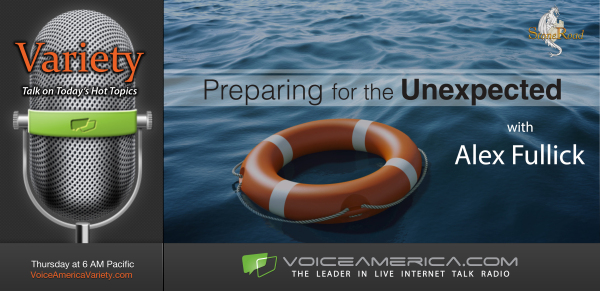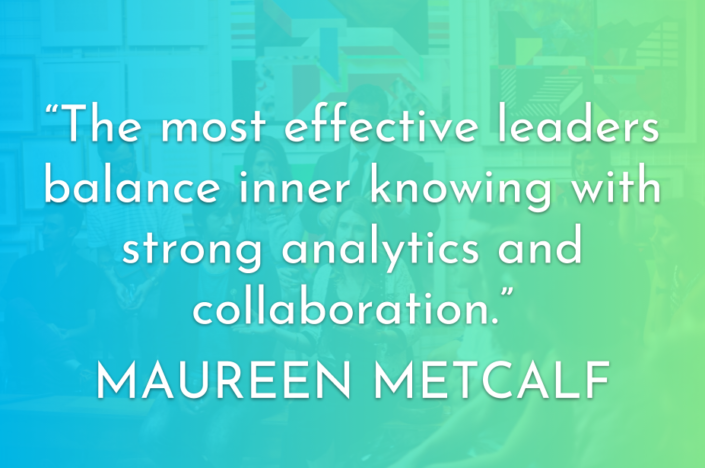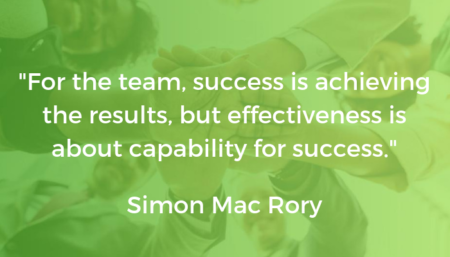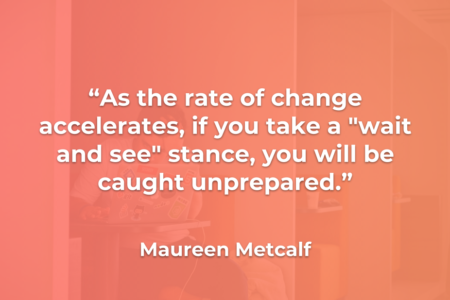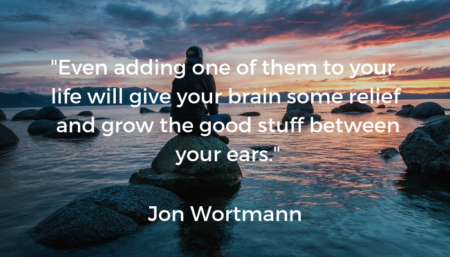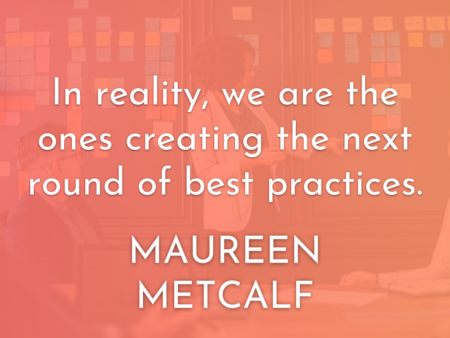Authentically Me: Women in Leadership Embracing Authenticity and Transparent Communication
When speaking to Dr. Lee Ann Nutt, President of Lone Star College Tomball, on my “Empowering...
Read Moreby Stephanie Duguid | Jan 8, 2024 | Empowerment, VoiceAmerica | 0 |
When speaking to Dr. Lee Ann Nutt, President of Lone Star College Tomball, on my “Empowering...
Read Moreby Alex Fullick | Jul 14, 2023 | Business | 0 |
Today’s business world has allot of challenges and sometimes the answers to problems aren’t as simply as one might want. I talk with employee & customer engagement, leadership, and mental resilience professional,...
Read Moreby VoiceAmerica | Jul 27, 2021 | Business | 0 |
This week’s article was written by Christoph Hinske, associate professor at SAXION University of...
Read Moreby VoiceAmerica | Aug 11, 2020 | Variety | 0 |
Join me Sep 10/20 as I talk to Resilience and Emotional Intelligence expert Steve Gavatorta (who...
Read Moreby VoiceAmerica | Oct 29, 2019 | Business | 0 |
To start or to continue receiving the weekly blogs via email, please sign-up using this link:...
Read Moreby VoiceAmerica | Mar 4, 2019 | Health & Wellness | 0 |
This post is written by guest blogger Samar Habib. It is the companion to an interview...
Read Moreby VoiceAmerica | Jan 29, 2019 | Business | 0 |
This post is a report from the December 5, 2018 Forbes.com article Authentic Leadership for...
Read Moreby VoiceAmerica | Dec 11, 2018 | Business, VoiceAmerica | 0 |
This blog is a guest post by Simon Mac Rory as a companion to the November, 27 Voice America...
Read Moreby VoiceAmerica | Dec 11, 2018 | Business, Influencers, VoiceAmerica | 0 |
With 2018 coming to a close, many of us are looking to 2019 and beyond. This article was...
Read Moreby VoiceAmerica | Oct 19, 2018 | Business | 0 |
This is a guest post written by Terri O’Fallon and Kim Barta. It is the companion to Voice...
Read Moreby VoiceAmerica | Sep 21, 2018 | Business | 0 |
This is a guest post by Jon Wortmann, executive and mental coach, and speaker. It is the companion...
Read Moreby VoiceAmerica | Sep 6, 2018 | Business | 0 |
I had lunch with colleagues today to discuss the changes they are facing in their organization....
Read More



